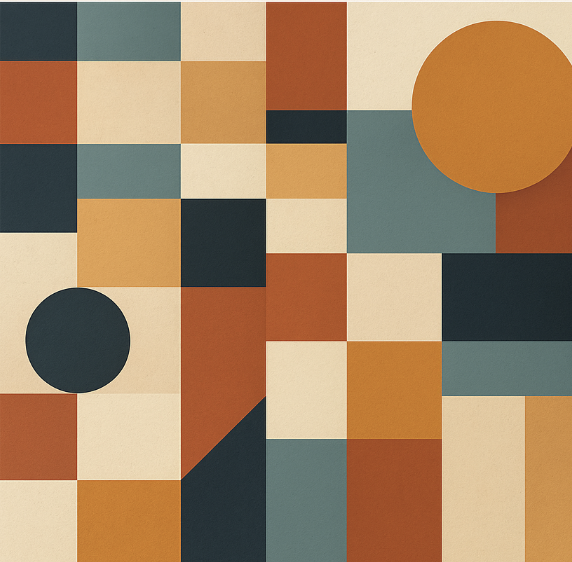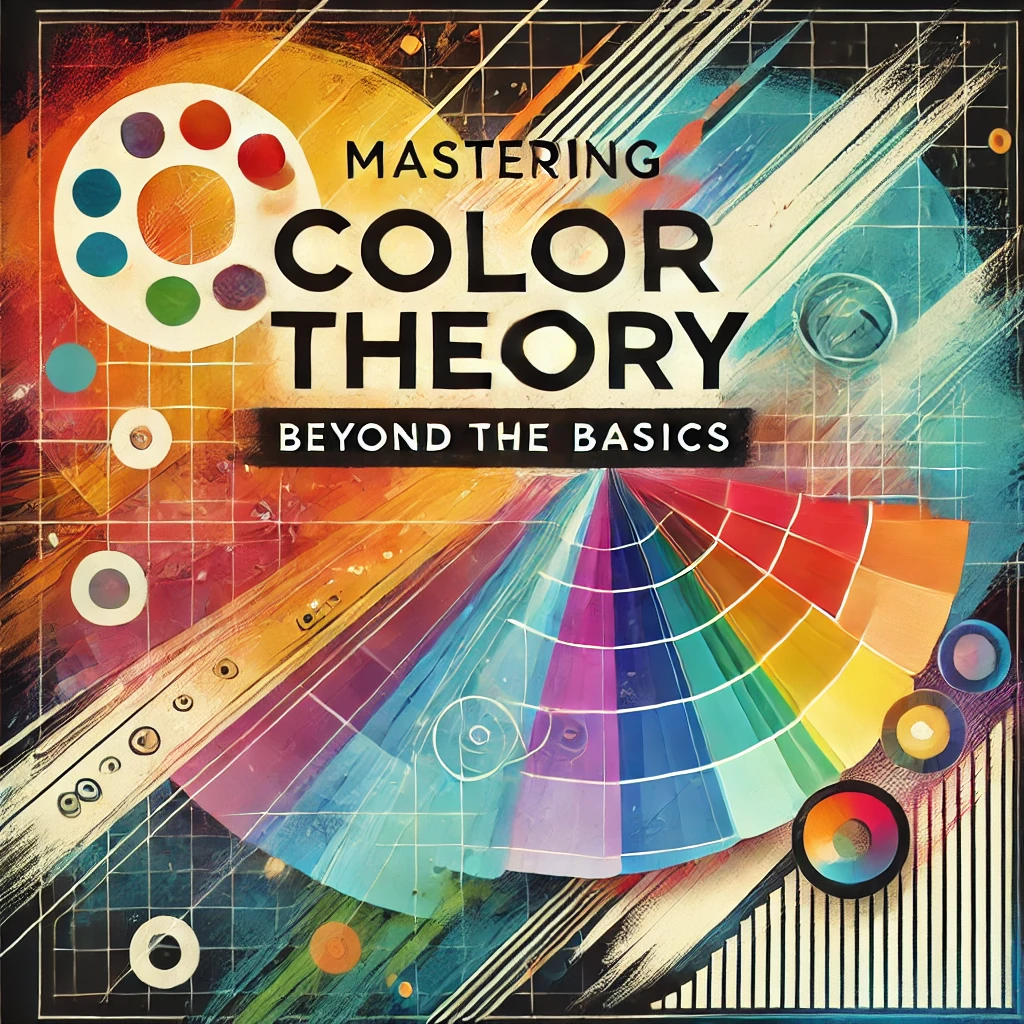What You’ll Learn
Master the principles of balance, contrast, rhythm, and focal point in visual art.
Understand how to lead the viewer’s eye and tell a story through composition.
Explore classical and contemporary approaches to structure and proportion.
Apply compositional strategies across painting, photography, and digital media.
Build confidence through guided exercises and self-critique methods.
Every great artwork begins with composition, the silent architecture behind emotion and meaning.
In this course, you’ll explore how line, shape, color, and space work together to build harmony
and tension within an artwork. Through historical references, case studies, and practical assignments,
you’ll learn to balance intuition with structure and transform your ideas into strong visual narratives.
Designed and led by Lara J. Trad, an internationally exhibited surrealist painter and multidisciplinary
designer, this course bridges fine art principles with modern creative practices. Whether you’re refining
your personal style or seeking professional growth, you’ll come away seeing your art, and the world,
through a new compositional lens.
Section 1: Introduction to Composition (30 mins)
Lecture 1.1: What is Composition and Why It Matters
Lecture 1.2: The Visual Language of Balance, Rhythm, and Focus
Lecture 1.3: How Composition Shapes Emotion and Storytelling
Exercise: Analyze Famous Artworks for Hidden Compositional Frameworks
Section 2: Elements and Principles of Design (1 hour)
Lecture 2.1: Line, Shape, Form, Texture, and Space
Lecture 2.2: Principles of Balance, Contrast, Unity, and Movement
Lecture 2.3: Understanding Hierarchy and Visual Weight
Exercise: Identify and Sketch Examples of Each Principle
Section 3: Building Strong Compositions (1.5 hours)
Lecture 3.1: The Rule of Thirds, Golden Ratio, and Dynamic Symmetry
Lecture 3.2: Focal Points and How to Lead the Viewer’s Eye
Lecture 3.3: Negative Space and Its Psychological Impact
Workshop: Reconstruct an Artwork Using Different Compositional Frameworks
Section 4: Narrative and Emotional Composition (1 hour)
Lecture 4.1: Using Composition to Tell a Story
Lecture 4.2: Mood, Emotion, and Symbolism in Arrangement
Lecture 4.3: Case Study: Surrealist and Figurative Composition
Exercise: Create a Visual Story Using Shapes and Lines Only
Section 5: Advanced Applications (1 hour)
Lecture 5.1: Composition Across Mediums (Painting, Photography, Digital)
Lecture 5.2: Composing for Movement — Film and Animation Basics
Lecture 5.3: Common Mistakes and How to Fix Them
Final Project: Create and Present Your Own Composed Artwork
Course Features
Downloadable Templates: Curatorial plan, budget spreadsheet, and label-writing guide.
Quizzes: Test your understanding of key concepts after each section.
Step-by-Step Demonstrations: Watch the instructor plan and execute an exhibition.
Bonus Content: Tips for virtual exhibitions and hybrid formats.
What You’ll Need
A sketchbook or digital tools for layout and planning.
Access to art or objects for practice exercises (optional).
Internet access for exploring additional resources and examples.
Certificate of Completion
Earn a certificate to showcase your mastery of abstract art techniques.

